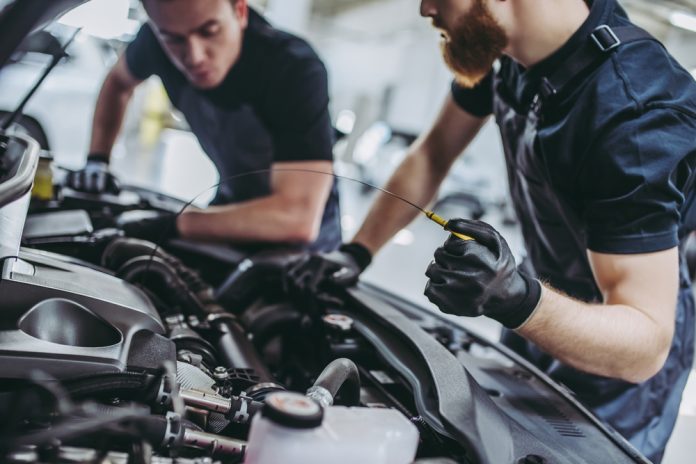
by Kerry Dowling
Getting vehicles frontline ready has never been more important for dealerships. Prior to COVID19, consumers were already moving more and more to online car researching and buying. Estimates put this customer online activity at over 60%. They are going to fewer and fewer dealerships and over 40% are only going to one store. What does this mean for your business? How do you successfully capture these online consumers? One way is streamlining your used car processes.
Many dealers are having to reimagine how the dealership operates-especially when it comes to their used car inventory. Getting cars frontline ready in record time is key. This means not only ramping up the efficiency of speed to market, but ramping up how you communicate the quality of the car to the consumer.
Experts say that rapid reconditioning practices benefit all dealers, regardless of size and regardless of whether you are a franchise, independent, or buy here, pay here dealer. But what, exactly, constitutes successful rapid reconditioning? How do you sharpen your recon merchandising and selling strategies? In a word: automation. Manual processes can result in dealers sometimes taking 10 days or more to get a car frontline ready. An automated system can cut days off that process giving you extra selling time and more immediate cash to put back into the market. Additionally, an automated process can improve and increase customer satisfaction because it can tell you where a certain car is located, what exactly has been done to it, and how soon can you get your hands on it.
Speaking with CBT Automotive Network, Randy Kobat, who is the senior vice president vAuto, HomeNet, and Rebates & Incentives, and Dealertrack DMS said, “If you can provide information to a consumer that further differentiates your car by sharing with them the information that you’ve done to that car, the work that you’ve done on that car to make it frontline ready for them, it can help differentiate you and we can help dealers get that information online on their websites and their listings”.
It is critical that recon be done in conjunction with the sales team. In a manual environment, this can lead to communication problems with internal staff and third party vendors. Having to manually track the status of individual vehicles in different stages and locations costs time, money, and, customers, often leaving all participants frustrated. An automated recon system puts real time data at your fingertips, letting you manage the entire process right from the dashboard of your iphone, tablet, or computer. In addition to improving customer sales and satisfaction, recon automation can also significantly improve communication among your departments which, in turn, improves employee satisfaction and performance.
In a recent Dealer News Today podcast with Dave and Andy, Mike Boyd, the founder of iRecon, made this observation, “Doesn’t matter how many cars you recondition if you can’t sell them and it doesn’t matter how many cars you sell if you can’t replenish the inventory”.
By streamlining the reconditioning process, automated software like iRecon gives dealers the ability to reduce the holding costs and time it takes to move a vehicle from just arrived to front line ready. For example, imagine cutting in half a 10 day T2L at $40 a day or $400 per vehicle. A 5 day T2L would mean 300 billion a year in recovered costs which translates to about 1 million at the store level. If you are not realizing your piece of that, it may be time for change.
“Decreasing profitability is drastically affecting how dealers remain successful in a tightening automotive market, meaning every sale counts more than ever,” says Kobat. “With consumers dictating the retail price and how much it costs to acquire a car determined by the competition in the wholesale market, dealers can only truly control profits internally. By streamlining the reconditioning process, dealers have an unprecedented opportunity to reduce the holding costs and time it takes to move a vehicle from just arrived to front line ready.”
The current slowdown in business provides an ideal opportunity to examine your recon processes in terms of speed, effectiveness, and profitability. Being frontline ready has never been more important or more profitable.












